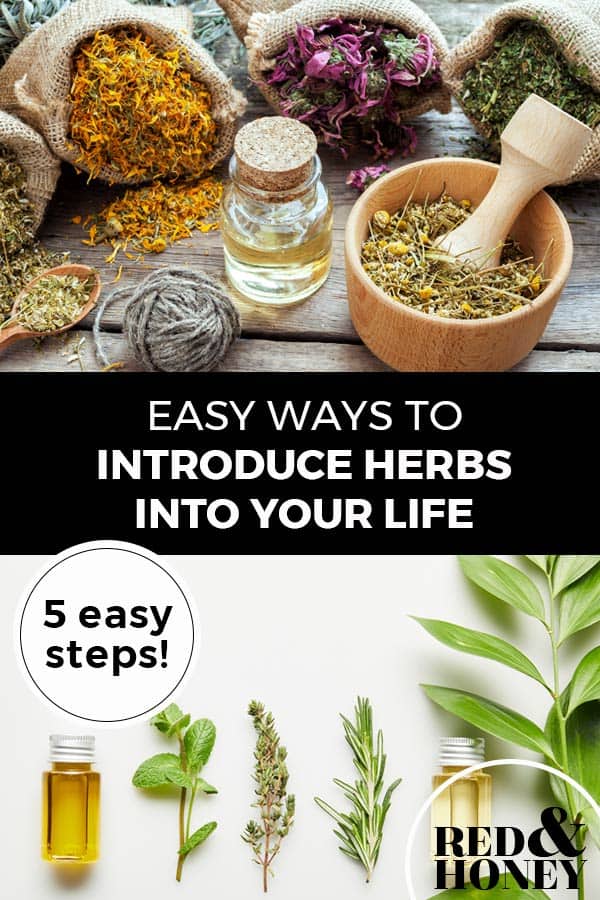
[Guest post by Angela of Mama Rosemary. Take a moment to check out her site – it’s a wealth of information!]
Are you curious about herbal medicine and all it has to offer yet perhaps you don’t know where to start? Here are 5 easy and fun ways to introduce herbs into your life.
1. Add Herbs To Your Food
Did you know that common culinary herbs add more to food than just taste? Herbs such as thyme, sage, garlic, turmeric (found in curry powders), basil, ginger and cinnamon are chock full of antioxidants, vitamins and minerals. [Try Red & Honey’s Curried Chicken, Aunt Beulah’s Saucy Crockpot Chicken, or Classic Chicken Noodle Soup, to start with.]
These herbs have varied helpful properties for enhancing health from being antiviral and warming to the digestive and circulatory systems to nourishing and supporting the nervous system.
And, it is so easy to use them! Simply add them to your food. Are you making a salad for dinner? Throw some fresh herbs into your salad green mix. Fresh basil, sage and even mint and lemon balm are wonderful choices for salads.
Crafting a lovely soup on the stove? Be sure to add lots of garlic, ginger and thyme to suite your fancy. Not sure if the herb will taste good in your creation? Taste it by itself to get an idea of it’s flavour.
Notice how the herb makes you feel when tasting. Does it warm you up? Does it give you a little zing in your sinuses? Tasting herbs by themselves is a great way to learn about their properties.
2. Try Drinking Herbal Tea
Herbal teas are delicious and are a wonderful way to enjoy the benefits of herbs. These teas are made from medicinal plants which normally do not contain caffeine, and should not to be confused with the common black or green teas made from the plant Camellia sinensis.
To start, try experimenting with simple herbs such as peppermint, chamomile, sage and lemon balm. Brew herbal tea from loose dried herbs by steeping 1 teaspoon to 1 tablespoon of your herb of choice per cup of boiling water for 5 to 15 minutes. Then strain out the herbs, add honey if you like and enjoy!
Or choose boxed, bagged herbal teas from the store. Companies I like are Traditional Medicinals, Numi, Yogi and Rishi because they use high quality herbs. Check out the ingredients in these lovely tea blends to get an idea of what plants you are tasting.
Find top quality herbs for blending your own teas at Mountain Rose Herbs!
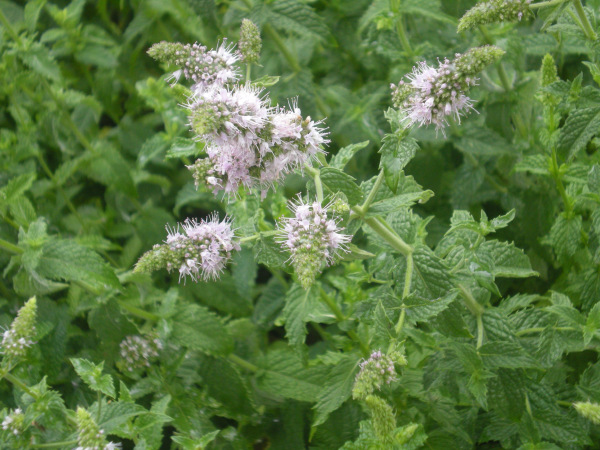
3. Buy A Bottle Of Lavender Essential Oil
Nowadays most of us have heard of lavender and it’s relaxing effects on the mind and soul. An easy and wonderful way to reap the benefits of lavender is to use the essential oil.
Lavender soothes the nerves and eases the mind. Use it for stress and anxiety, insomnia and headaches. It is also cleansing, antiseptic and healing, use it for colds and flu, skin abrasions, insect bites, burns, rashes, and acne.
How To Use Lavender Essential Oil:
- Add 5 to 8 drops to your bath, swish and swirl before you get into the tub to distribute the oil
- Place a drop or two on your pillow before bed or on your hairbrush before brushing
- Mix a few drops into your lotion, shampoo or conditioner for extra cleansing and relaxation
- Place a few drops on a wet cloth to it to clean abrasions, cuts and scrapes
- Put one drop directly* on a pimple for prompt healing
- Make a homemade cleaner for your home by adding 10 drops of lavender to ⅓ cup white vinegar and 2 cups of water in a spray bottle
- Explore and learn more about this wonderful herb!
*Lavender essential is one of only two essential oils that some say can be used directly on the skin, the other one is tea tree. Essential oils should be used cautiously as they are very concentrated and strong. Please read more here to learn more about essential oils and how to safely use them.
[Related post here at R+H: 50 Uses for Essential Oils (And the First 3 Things I Tried)]
4. Take A Bath
One of my favorite ways to invite herbs into my life is to take fragrant, healing baths.
Our skin is highly absorbent, letting the healing qualities of herbs permeate us right in the tub.
How you make your herbal bath is up to you. It can be a simple as using a few drops of lavender essential oil or dumping a cup of chamomile tea in the tub. Or make it more elaborate creating from a multitude of herbs and essential oils.
For instructions on how to create your own baths including information on properties of herbs and essential oils, check out Bath Magic! An Instructive For 5 DIY Baths.
Get lots of herbalicious botanicals for making your very own baths from the lovely Mountain Rose Herbs!

5. Enjoy Reading A Well Written Herbal
Really one of the best ways to learn about herbs besides hands-on experience is to study and learn. In other words: do your research.
Luckily for us in this day and age, learning about herbs is highly accessible with many amazing herbals (books about herbs) written by wonderful herbalists. These books are full of information about specific herbs, how to use and prepare the plants, lovely stories and herbal wisdom.
Some of my favorites are:
- Anything by Rosemary Gladstar is sure to be a treasure trove of inspiration and knowledge, particularly good selections are Rosemary Gladstar’s Medicinal Herbs: A Beginner’s Guide: 33 Healing Herbs To Know, Grow and Use and Rosemary Gladstar’s Medicinal Herbs: A Beginner’s Guide.
- Flower Power: Flower Remedies for Healing Body and Soul Through Herbalism, Homeopathy, Aromatherapy, and Flower Essences by Anne McIntyre is a beautiful book with history, uses of the herbs, and information about flower essences and homeopathy. The appendix is a wonderful resource.
- Healing Wise by Susun S. Weed goes into great depth about 5 different commonly found herbs with lively stories, recipes and inspiring wise woman knowledge.
- A Modern Herbal by Maud Grieve is offers an in-depth view a tremendous number of herbs complete with historical uses, plant description and more.
The world of herbalism offers us a vast, inspiring journey. Each foot step into that world will bring you new experiences and knowledge making you not only healthier but also adding a richness of scent, texture and taste to your life.
How have you used herbs?
—
 My name is Angela, I am a certified herbalist, mother and preschool teacher with a background in science, botany and nutrition. Plants, children, and healthy, inspired living are my passion.
My name is Angela, I am a certified herbalist, mother and preschool teacher with a background in science, botany and nutrition. Plants, children, and healthy, inspired living are my passion.
Mama Rosemary is a place for sharing all the great things I have learned along the way on the path of Motherhood and beyond. I am excited to share herbal ideas, tips and information for Mamas and their families, as well as fun herbal, craft and science ideas for working (playing) with children!
Disclaimer: I am not a doctor or medical professional, and this post should not be taken as medical advice. Please do your own research. Material on this blog is provided for informational purposes only. It is general information that may not apply to you as an individual, and is not a substitute for your own doctor’s medical care or advice.

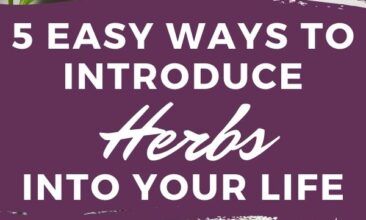

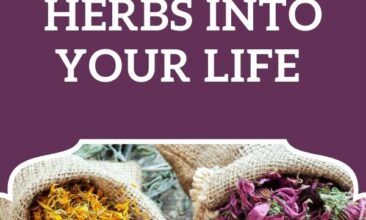
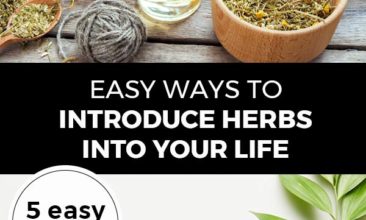
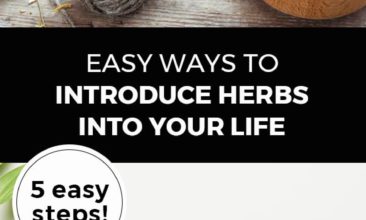
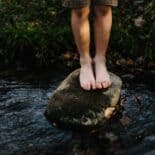
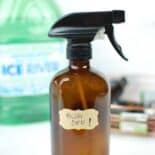
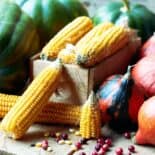

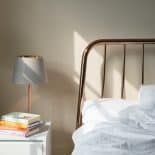


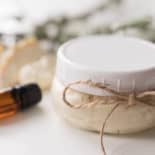

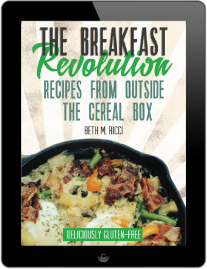
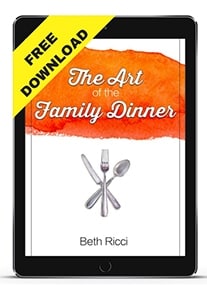
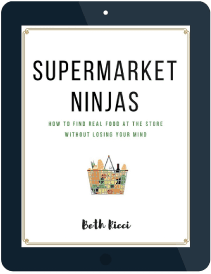
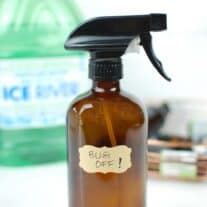
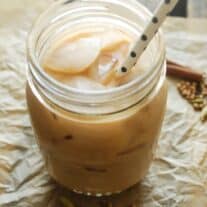





victor
basil + tomato in a caprese salad is an easy one
Pria @ termite control
Thanks for making it easy for me Amanda. I’m only starting my herbal route and this is a great head start. It’s really easy to follow and inspiring.
[email protected]
Big Smiles! That is great!
I am so glad you found inspiration here!
Megan Tietz
Though I have experimented casually with herbal healing through the past decade, I’ve recently become much more serious about it. This is such a great list and THANK YOU for the resources list! It can be so hard to know where to start!
[email protected]
You are so welcome Megan! I hope you have a wonderful time on your herbal journey!